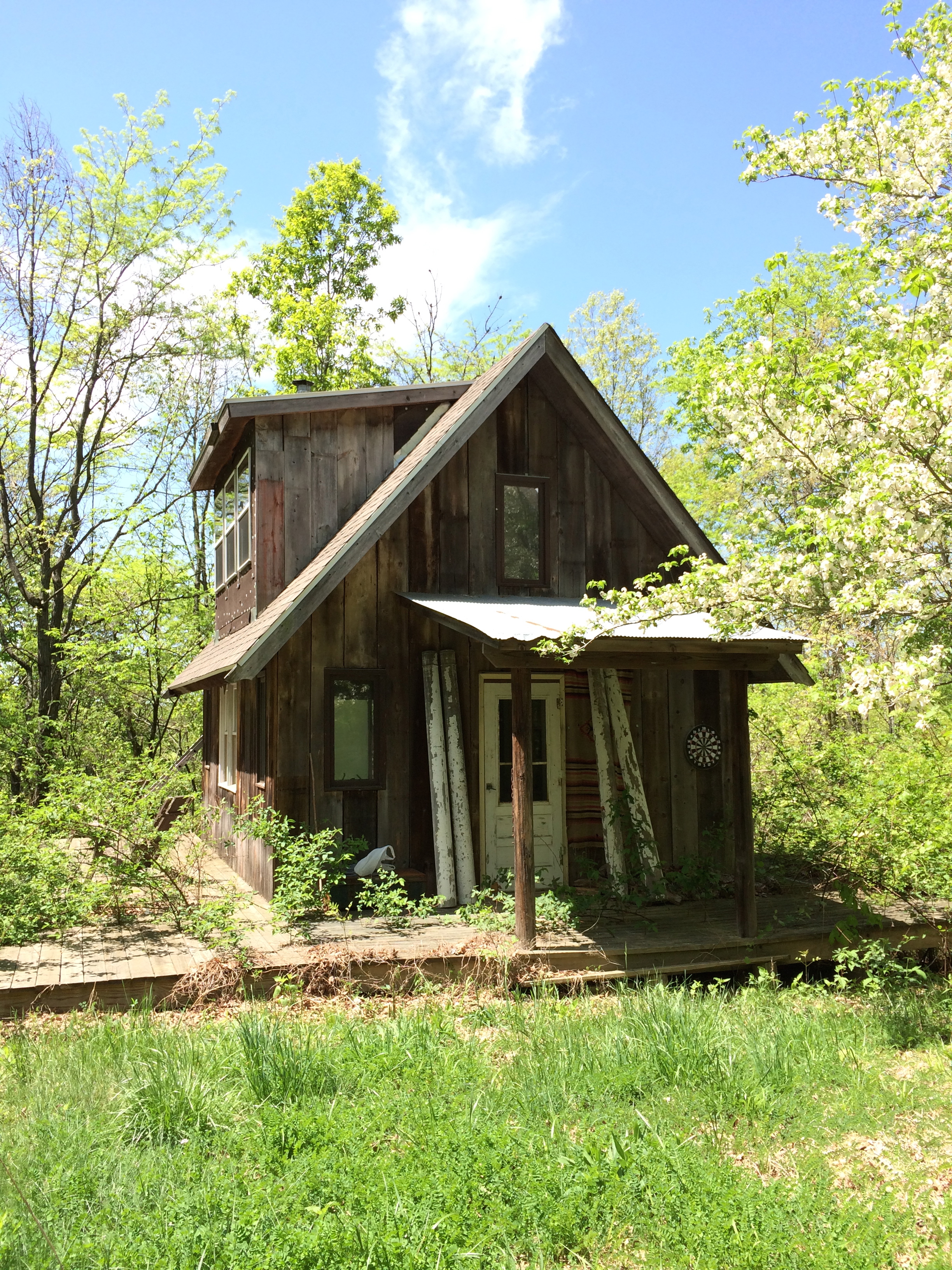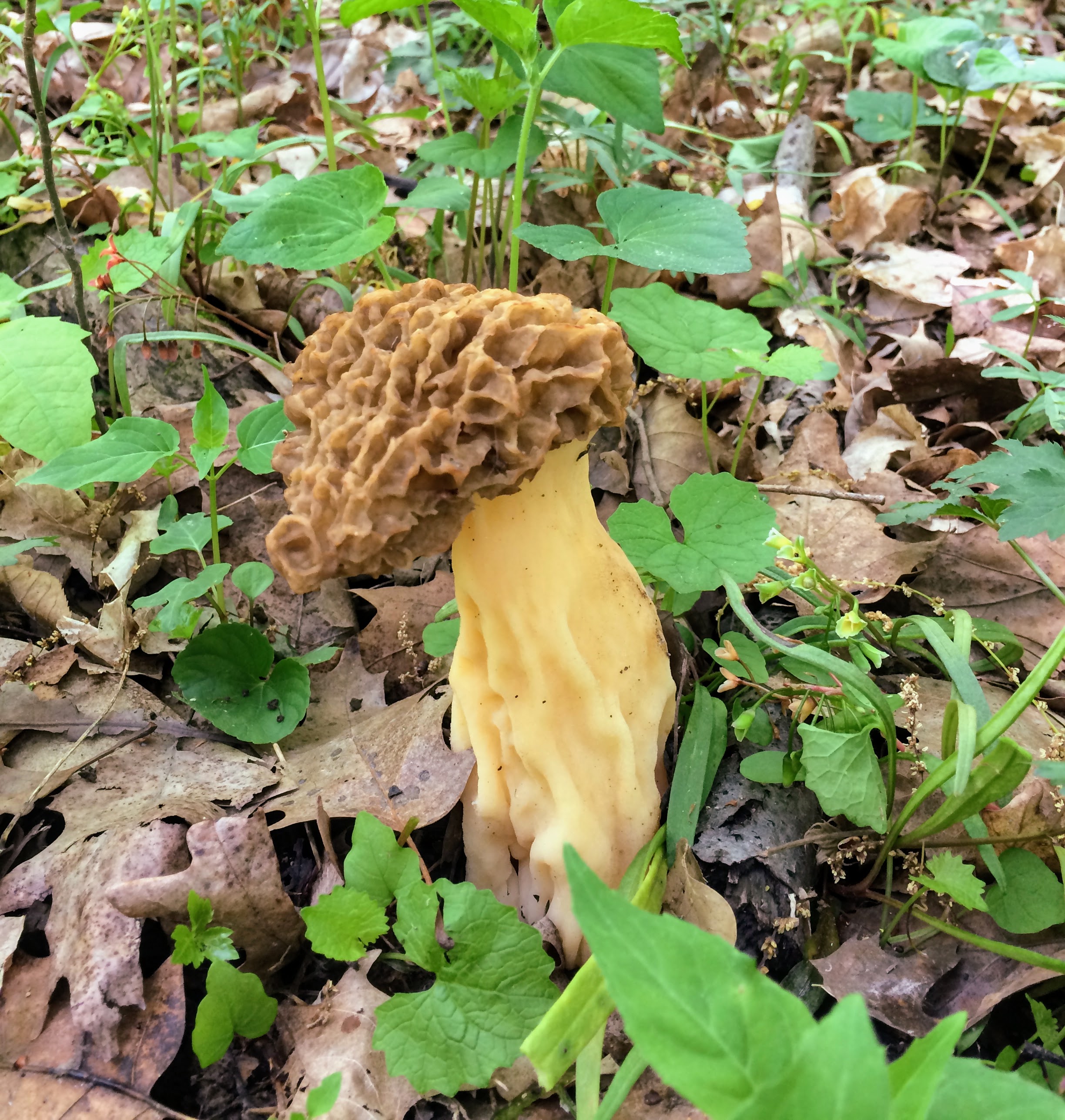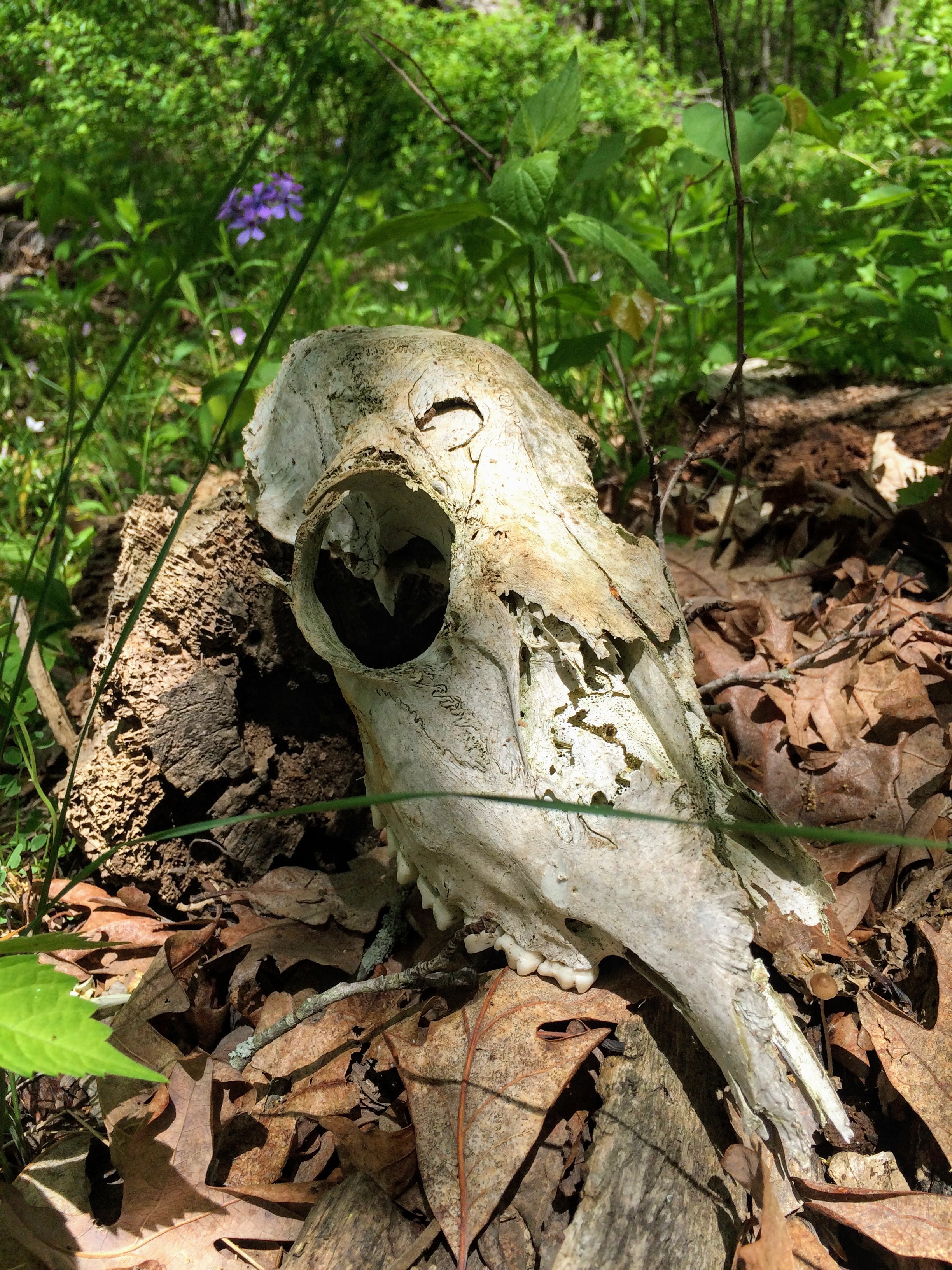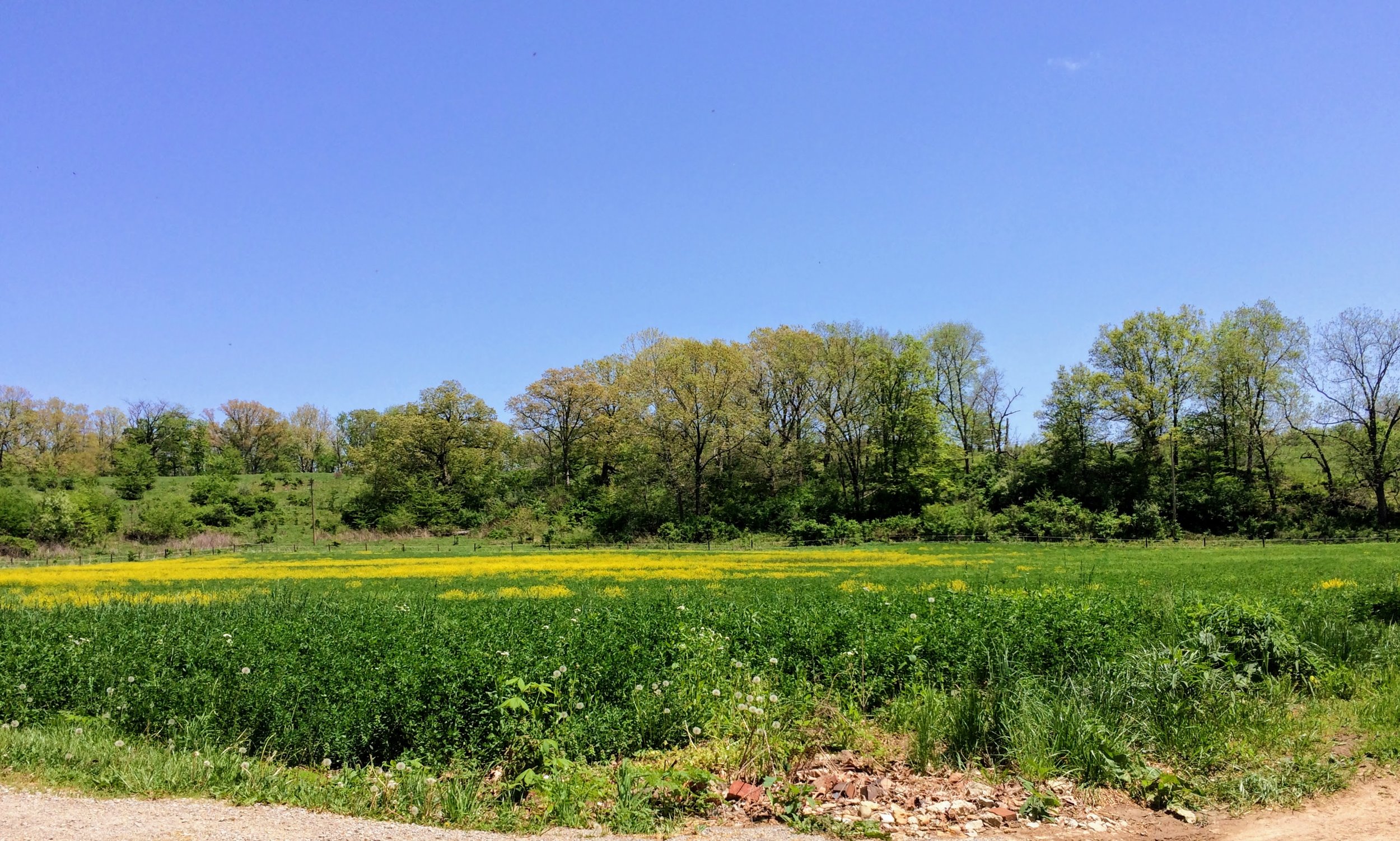It’s hot here, but I knew that already. If you take your finger to a globe and find Tucson, and then follow the 32nd northern latitude east, you will cross the Atlantic Ocean and end up in North Africa. Continue following the line and you will eventually find your finger pointing to the desert countries of the Middle East.
This is Desert Country—hot, arid, deadly. The weather will kill you just as quick as any animal—poisonous or otherwise—could drain your existence from your veins.
Driving here yesterday from Santa Fe, I felt like I was in fact in the Middle East. I’ve never been but I’ve followed along on my friends’ and contemporaries’ wanderings and the tales that followed (and CNN’s, too), and yesterday as I looked out my window at the land rushing past, I couldn’t help but to think that minus a few cowboy boots and cowboy hats—and maybe a few pickup trucks sporting Trump stickers and American flags—this might be any number of lonely Middle Eastern ribbons of tarmac snaking their way over the bare and desolate landscape.
Desert Country. The High Desert. The Low Desert. Canyon Country. Outlaw Country. No Man’s Land. A place reserved for wayward people escaping religious persecution, or bandits hiding from the law, or tribes who knew what it meant to live in this place from centuries of toil—call this place home.
Or in the case of the latter, called this place home. Now they have been relegated to marginal lands that posses little to no economic value to interest groups of the likes of oil, gas and other fossil fuels. In many cases these people have been reduced to those whose past (and future, too) have been surgically dismantled and tucked away in the pockets of the white man—their societies plucked from ancestral lands so that the chief economic gain of the era could be sought. Their cultures were cast into the wind and their pillaged sacred artifacts cherrypicked to adorn museums’ halls around the country. But I digress.
In the last three years, I’ve spent my summers in the deserts of southwestern U.S.A., chiefly in Utah. As Ed Abbey calls it, “Canyon Country.” It’s a land of red rocks, sage, creosote bush, big skies, and land that stretches to the end of the earth. It’s a barren place when you look at it with unchristened eyes—one that seems inhospitable to any type of life. And to many species at one time or another—humans included—it has been.
——
Water is at the root of everything here. People have spent their lives looking for it. Societies have built empires around it, worshiping it as a giver and taker of life. One man—a writer among many other things, too—named Craig Childs, spent years stalking illusive desert water in all of its forms. He chronicled his saga with desert water in a book titled, “The Secret Knowledge of Water.” It’s potently beautiful, and almost lyrical in its prose. I’ve gathered from his writing that water is the end-all-be-all here in the desert. Life and death—its presence and its absence the beginning and the end of all things.
In Utah, and in many parts of the southwest, there is a saying surrounding the regional rivers and the larger ones, too—they are “too thick to drink and too thin to plow.” Water holds everything in its palm here. There are small towns, now just dots on a map you could easily miss, scattered throughout the Great Basin in Utah that have come and gone and come again—their lives running parallel to water’s. When it is around, life flourishes. When it leaves, life withers.
Today things are a little more stable in many areas of the desert—if not only temporarily and synthetically so. Humans have done a fine job at drilling and diverting water and piping it across desolate stretches of cracked, baked earth into their fabricated, air conditioned, golf course ladened oases. Golf courses have never made sense to me, but in the desert where water is the most precious of resources, their presence seems to predicate an underlying societal delusion: all things are infinite.
In some places, groundwater has been so exploited for human consumption (people also still have front lawns in Phoenix suburbs), water tables have fallen to the tune of over 650 feet. In my recent reading of Craig Childs, I learned that a disruption of just a mere few feet is enough to wipe out massive swaths of underbrush in riparian ecosystems. Though these areas might have little to no surface water, they rely heavily on intact water tables below the surface. A loss of three feet or more in the depth of the water table, and nothing can survive except the larger trees like the cottonwood. With the above numbers in mind, it’s easy to envision the cascading ecological destruction that can befell a riparian zone when humans dig their hands into the dirt.
But water always has the last laugh.
June in the desert is called an “ecological bumper.” If you are a plant or an animal and you make it through the sixth month of the year, you’ve punched your golden ticket. Though July registers higher mercurial marks on the thermometer, June is often the driest month of the year, and therefore the most treacherous. When July comes, it brings with it the sweet relief of the monsoon.
Rain.
Monsoons are fantastic and chaotic to behold. Violent and often short storms that dump torrential rains in isolated pockets pop up—sometimes daily—all throughout the desert. The skies open up and unleash fury on the parched and desperate land below. Because so much of this county is relatively dense and impenetrable on the surface, and because so much rain falls so quickly, the ground does not absorb the water. Rather it hurls it crushing downwards, following gravity and the path of least resistance. Canyons churn with the foamy red soup the consistency of whole chocolate milk. If the precipitation is great enough in volume, the canyons, washes and gullies flash flood. Boulders the size of small school buses are unseated and sent hurling down canyons. Entire trees, roots and all, are ripped from the ground and sent on a ride atop a wave of water, sediment and rock until they become lodged in a crevice far from the banks where they sprouted from seedling. There’s no reasoning with water when it takes this form—it is creator and destroyer in a blind rage like some animal caged, desperate to break free from it’s bindings.
There is a phenomenon, called virga, that happens in the desert sometimes when it rains. I’ve most often witnessed it during monsoon season when water falls from low hanging rain clouds but evaporates before it hits the ground. The color of overripe blueberries, the clouds and the rain seem to become one like the wispy fringe of a gown dragging across the sagebrush below.
The desert likes to put on a show during monsoon season. I used to spend a few nights a week at the North Rim of the Grand Canyon for work. After my duties were done for the day, I would grab my headlamp and make my way through the dark along a narrow, paved path to a place called Bright Angel Point on the rim of the canyon. It was a cathartic way to end a day of work—a stroll to the edge of one of the greatest marvels water and earth have ever created.
From Bright Angel Point, the lodge was under a mile away and still readily visible. During monsoon season, my coworkers and I would climb up some boulders to a perch at the very edge of the canyon, and we would watch the storms roll over the south rim a few miles away. Streaks of lightning would illuminate the heavens, and then the canyon would echo the answering cracks of thunder up to us, delivering the rumbling, reverberating waves to the deepest chambers of our souls. We couldn’t find any truer form of confirmation of our smallness, our humanness, our place amongst and within it all like we found within those monsoon storms. Those purple clouds that were like Thor himself stalking across the sky unleashing beautiful terror as he and they went. Sometimes the sky directly above us would be clear and speckled with stars while the horizon to the south raged. We would huddle together and pull each other close, bodies holding onto bodies in the face of naked, raw power and fury.
——
When the rains come, the desert opens. Plants reach out, begging for the water, making a wager of all that they are for it. Give me this water and I will grow, withhold it and I will perish.
After a summer rain, stroll through a patch of previously parched landscape where life seems sparse, and it will be transformed completely—like walking in a botanical garden enveloped completely in the deep, rich scent of life. There are two distinct smells that are quintessential desert for me: sagebrush and creosote bush. Both of which are especially fragrant after a rain.
There’s a stretch of road tucked into a river valley on U.S. Highway 89 just south of Bryce Canyon and Highway 12, and before the junction further south with U.S. Highway 9. The Sevier River is responsible for this depression in the earth. If you are ever lucky enough to drive this slice of heaven in the Great Basin after a rainstorm when the clouds hang around a bit before parting to reveal rays of the sun, you will be met with the overwhelming scent of sage. It sits on the air, delicately, and wanders gently on the breeze. If your car windows are down it will fill the tiny space to the brim. But no matter if they are down or not, the scent will find its way through the vents and into your nostrils as if it has one purpose and only one purpose; cleansing your mind. Bathing away the thin layer of salt that covers the body when one walks in the desert. A reset of sorts. A reboot to a baseline of tranquility.
That’s what sage in the desert does after the rain.
——
One of my favorite days to wake up to in the desert is a day of rain. I’ve always loved rainy days no matter where I am. Maybe it’s the excuse built into the day to be a bit of a sloth. But in the desert, especially in the summer, a day of rain, one that hangs around like the steady and gentle flow of a clear mountain stream, well they are rare like gemstones in granite. When most days bring brilliant and devastating rays of sun that deliver unrelenting, dry waves of sometimes oppressive heat that can hit like those that escape from the innards of a 450 degree oven when you open the door to check the food inside, a day of rain is a welcome relief.
In Zion Canyon in early spring or in the shoulder season when summer is leaving— and with it, the monsoons—and fall is just settling in, days of quiet rain fall over the canyon like a blessing. Waking up on these days is special, like being a kid again and waking up to the news that school was canceled because of snow. Right away they feel different. The life in the canyon is at ease. Today will not be a fight to survive in the desert sun, but rather a refuge of recovery under the soft clouds of rain. Their wisps of water molecules congealed together drift in and out of the Navajo Sandstone peaks obscuring some from view while framing others in a hazy fixture. The rock faces that would otherwise brilliantly burn red and orange when the sun shines retreat into a deep crimson that trots towards almost purple in hue. A moodiness descends on the canyon that begs the curious to investigate the hidden mysteries kept tucked away into the far cracks and crevices sculpted over millennia by the Virgin River. In this place called Mukuntaweep, secrets are kept in narrow side canyons, squirreled away under rock piles resting in situ from some ancient slide. Whispers that sometimes escape and echo out, bouncing from stone to stone, can be faintly heard on these days of slow, steady, gentle rain.
They say, “come.”
The Paiute who used to call this place home tell the story of Sinawava, the coyote-trickster-demigod, who would sit in the eastern most part of the main canyon, the narrowest part of the 3,000 feet deep hole in the earth—now aptly called The Narrows—and lure young men into the labyrinth of red rock cliffs that tower above the Virgin River and twist and turn becoming just mere feet across the further upstream one ventured. Wandering deeper and deeper, walking up river, the men would never be seen again the legend goes.
“Come.”
Days when it rains, maybe it’s Sinawava we hear.
——
I am always careful when I tell a story that doesn’t belong to me. That story of Sinawava is no different. It is not mine, nor is it my people’s. It belongs to a people whose place in this land far proceeds my ancestors’.
I’ve told that legend of Sinawava many times now, but I do not make it my own. Not completely. I can’t. I try as best I can to honor it, to not shape it too much to fit my own ends. But that’s not to to say that I don’t search for meaning within it that I can apply to my own life and experience.
I think we can find value without appropriating, desecrating or fetishizing the myths, legends and creation stories that came from a history not our own. I think it affords us a better understanding of a place and a people and their relationship with the present. And I think if we approach stories not our own in this way, it can guide us to a future of repair and understanding rather than one of further marginalization and ultimately complete destruction.
Zion Canyon was called Mukuntaweep for many years before white men found themselves in the cathedral-like valley. Mukuntaweep roughly translates to “straight-up land” or “straight-up canyon.” It wasn’t until the area became a national park in 1919 that the name was changed to Zion, stemming from what pioneers belonging to the Church of Jesus Christ of Latter Day Saints called the canyon when they “discovered” it.
Even when it was protected by the U.S. government as a national monument, it was known as Mukuntaweep. Only after it became a national park was it decided that the name for the place was too hard to say and therefore should be changed. And with the disappearance of Mukuntaweep, so too went the names of many other peaks, side canyons, and bodies of water in the canyon. The Paiute names were replaced with anglicized nomenclature, most of which were theological in nature. Names that were once both elegant and precise were replaced with titles of abstraction. The Virgin River, the river that formed the entirety of the canyon, was so named to replace the title of “Pa’rus” which means “Bubbling Water.” Now if you try and track down the origins of how the river came to be called “Virgin,” you will be met with multiple theories each contradicting the other. But at least they each come from a cannon of whiteness.
To me, the place is called Mukuntaweep.
——
I am laying underneath a silky blanket of stars tucked into my sleeping bag with nothing above me to obscure my view of the burning diamonds innumerable in the sky.
This is cowboy camping—my favorite way to pass a night in the desert. No tent. Just a sleeping bag and a sleeping pad. The sky is my tent.
I’ve only woken up once to a winged critter in my sleeping bag, and he was cordial enough to quietly depart when coaxed from his perch on my shin. I do not worry about snakes, spiders or scorpions. If they should find their way under or into my sleeping bag, I just hope they will conduct themselves as politely as the unknown beast who kept me company in that one and only encounter I had.
This night in particular is one that is seared into my mind so clearly that when I wish to recall it, it’s as if I took a picture of it. One that I can now hold in my hands whenever I wish to remember.
It’s September, early in the month, and I am in Grand Staircase Escalante National Monument doing research for a hiking trip that I will be guiding the following year. I spent the day driving my rental car up here from St. George. I came up Interstate 15 through Cedar City onto Highway 14 which took me up through the mountains winding through fragrant, piny sub-alpine forests past Cedar Breaks National Monument. It’s one of my favorite drives in this country.
It’s lonely, though, especially on this outing. I was nearing the end of my second season as a guide, and I already had almost a full summer under my belt of leading trips in Utah and Ireland. I had only seen my partner once this summer and had not been home to see my family since April. I was embarking off into a country that was ground zero in the public lands battle unfolding in courtrooms across the country—an issue so vast, so convoluted, nuanced, spun beyond fact, and that had devolved into nothing more than identity politics masquerading as “in the best interest for the locals while guaranteeing energy independence for the nation”—whole sale selloff of pristine and sacred lands to the highest international extractive bidder. A really big problem for the locals, a big payout for a few select folks, and a symptomatic-piece of the bigger problem all of us face: our fossil fuel addiction and the changing climate it is driving.
I was worn out and worn down—a feeling that the desert amplifies. Lonesomeness can stretch out to beyond the horizon—enveloping everything and all that is— when you are in a place like this.
But there in my sleeping bag, zipped into warmth, safety and security, I felt like I had front row seats to the best show on earth.
Earlier in the evening, I had made a small fire in the sand out of some dead sagebrush that had been uprooted in the last flood to come through here, and was thinking about Ed Abbey and how he was adamant that one never take living desert wood to build a fire, especially that of the Juniper since it can take hundreds of years to mature. I came to the conclusion my dead sagebrush kindling would be ok with Abbey.
After my soup for dinner, and when I finished my last glass of wine as I watched the embers wane in their tired light, I slipped into my Marmot 50/50 synthetic/down bag to get some sleep.
The sky in this part of the country is known for being prime for stargazing. It’s so remote, so isolated from the synthetic glow of the human enclaves scattered throughout the southwest, that there is almost no light pollution, no obstruction of the stars in the sky.
It’s a rarity in today’s illuminated and enlightened world to see the night sky like that, so much so that cities like Tucson have ordinances in place to protect their skies once the sun has set. National parks like Bryce Canyon and Capitol Reef are designated “dark sky” parks. It’s a concept I can’t quite wrap my head around—the fact our night skies need protection. Sure I understand the noble aim of the protections (and yes, we absolutely need them), it’s the root of the necessity that darkly amuses and confuses me. Us humans are so diligent in separating ourselves from the natural world. We are so adamant that the uninterrupted procession onward of the advancing march of technology take us out of the dark, that we have forgotten what it is like to look up and see the stars.
So I felt lucky to be where I was on that night.
I didn’t sleep much, but rather drifted in and out of consciousness only to jolt awake to behold the brilliance above me. There was no moon, but every light in the world might as well have been illuminated—the stars were that bright.
I finally dosed off for a longer episode of sleep but shot awake for no reason in particular. Until I rolled over to witness a blazing streak of balled-green-fire tumbling across the sky, its tale of sparks drifted like dust and followed along behind it, settling gently amongst the stars. It lasted maybe a few seconds in total, but those ticks of the clock could have been a lifetime. I was transfixed. That ball of gas int he sky and my human flesh became one. I was a part of it and it was all of me.
Something jolted me awake to see that meteor. Some unseen hand shook me into compliance, to witness, as if to say, “Look. Behold this and feel alive.”










